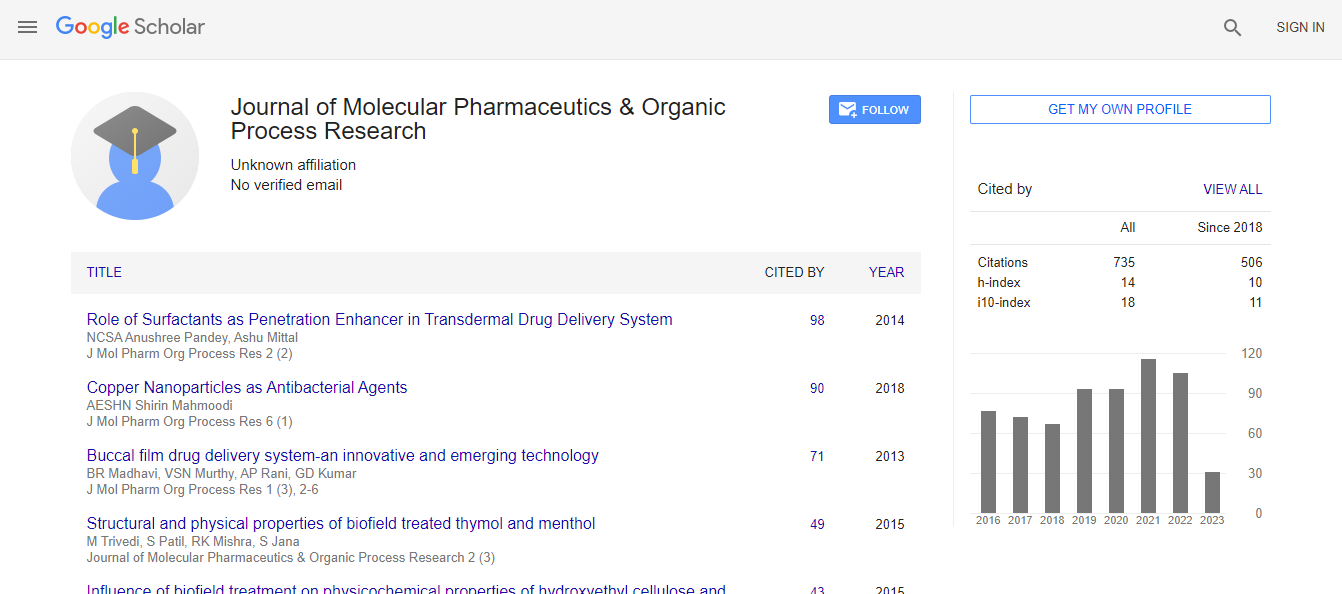Our Group organises 3000+ Global Conferenceseries Events every year across USA, Europe & Asia with support from 1000 more scientific Societies and Publishes 700+ Open Access Journals which contains over 50000 eminent personalities, reputed scientists as editorial board members.
Open Access Journals gaining more Readers and Citations
700 Journals and 15,000,000 Readers Each Journal is getting 25,000+ Readers
Google Scholar citation report
Citations : 1057
Journal of Molecular Pharmaceutics & Organic Process Research peer review process verified at publons
Indexed In
- CAS Source Index (CASSI)
- Index Copernicus
- Google Scholar
- Sherpa Romeo
- Open J Gate
- Academic Keys
- RefSeek
- Hamdard University
- EBSCO A-Z
- OCLC- WorldCat
- Publons
- Euro Pub
- ICMJE
Useful Links
Recommended Journals
Share This Page
Protein Protein interactions
Protein–protein interactions (PPIs) are the process refers to intentional physical contacts that are established between two or more proteins complexes as a part of biochemical events and/or electrostatic forces, but they rarely act alone. The proteins are vital macromolecules, at both cellular and systemic levels. Protein–protein interactions are basic interactions to the structure and function of protein complexes.
The measurable effects of protein-protein interactions are: alter the kinetic properties of enzymes, which may be the result of subtle changes in substrate binding or allosteric effects; allow for substrate channeling by moving a substrate between domains or subunits, resulting ultimately in an intended end product; create a new binding site, typically for small effector molecules; inactivate or destroy a protein; change the specificity of a protein for its substrate through the interaction with different binding partners, e.g., demonstrate a new function that neither protein can exhibit alone; serve a regulatory role in either an upstream or a downstream event.
Related Journals of Protein-protein Interaction
Pharmacogenomics & Pharmacoproteomics , Proteomics & Bioinformatics, Protein and Peptide Letters, Protein Engineering, Design and Selection, Protein Journal, Advances in Protein Chemistry and Structural Biology, Amino Acids, Peptides and Proteins, Current Protein and Peptide Science.


